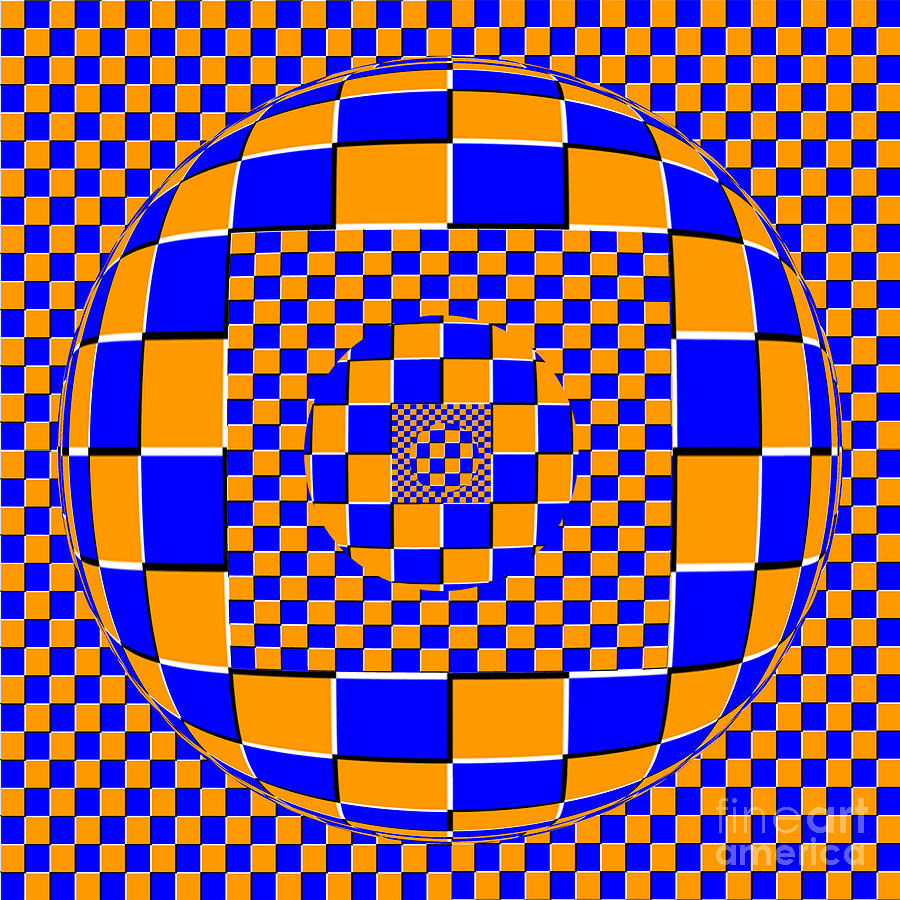

If you then remove the darker piece and replace it by one brighter than the other one, the deluded creatures will look for their dinner, not on the identical gray paper where they have always found it, but on the paper where they would expect it in terms of relationships-that is, on the brighter of the two. “According to a classic experiment by Wolfgang Kohler, you can take two gray pieces of paper-one dark, one bright-and teach the chickens to expect food on the brighter of the two. A flat, regularly tiled floor is simpler than the complex pattern of rhomboids in the plane, hence it is a flat, regularly tiled floor we actually see.” It is these forces, they claim, that tend toward simplicity and balance and make our perception always weighted, as it were, in favor of geometrical simplicity and cohesion. Their theory centers on the electrical forces which come into play in the cortex during the process of vision. Instead they postulate an inborn tendency of our brain. They think that our compulsion to see the tiled floor, or the letters, not as irregular units in the plane but as regular units arranged in depth is far too universal and too compelling to be attributed to learning. The pioneers of this important movement want to minimize the role of learning and experience in perception.


The Gestalt school would have none of it. “At this point the reader should be warned that the argument here developed would not be accepted by all schools of psychology. Boring's words, "Phenomenal size, like physical size is relative and has no meaning except as a relation between objects.”Īrt and Illusion: A Study in the Psychology of Pictorial Representation But, to repeat, there is no "objective" sense in which a human being can look "the size of an ant" simply because an ant crawling on our pillow will look gigantic in comparison with a man in the distance. Our guesses and methods of testing them have become somewhat unsettled, and we try to describe the experience by indicating possibilities which flitted through our minds. We feel that but for our knowledge we might have been deceived and have almost mistaken the one for the other. When we say that from the air houses appear like toys to us, or human beings like ants, we mean, I suggest, that we are startled by the unfamiliar sight of a house that compares to the familiar sight of a toy on the nursery floor. All perceiving relates to expectations and therefore to comparisons.


 0 kommentar(er)
0 kommentar(er)
